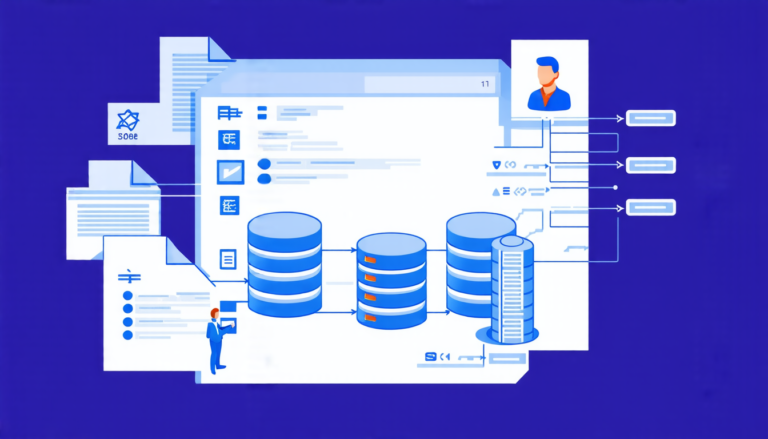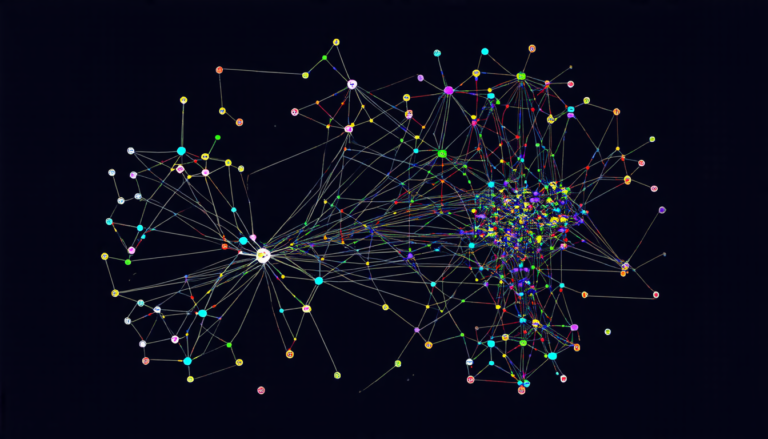Friday 02 May 2025
The rise of large language models (LLMs) has brought about a new era in human-AI collaboration, and researchers are now exploring their potential for persuasion. A recent study published in a peer-reviewed journal delves into the world of LLM-generated messaging, examining whether these AI systems can effectively augment human-written messages to promote confidence in vaccination uptake.
The research team used a popular language model, ChatGPT, to generate vaccination messages that were then compared to their original human-written counterparts. Participants in an online survey were presented with pairs of messages and asked which one they found more convincing. The results showed that, on average, the LLM-generated messages were rated slightly higher than their human-written equivalents.
But what makes these AI-generated messages so persuasive? One possible explanation lies in their ability to adapt to different communication styles and formats. For instance, LLMs can generate longer messages with a more enthusiastic tone, which may be particularly effective for persuading individuals who are hesitant about getting vaccinated.
The study’s findings also highlight the potential benefits of combining human expertise with AI-generated content. By working together, humans and LLMs can create messages that are not only more persuasive but also more tailored to specific audiences. This collaboration could be especially valuable in public health campaigns, where effective communication is crucial for promoting vaccination uptake.
However, it’s essential to acknowledge the potential limitations of relying solely on AI-generated messaging. While these systems have made significant progress in recent years, they still lack the nuance and empathy that human writers bring to the table. Moreover, there are concerns about the spread of misinformation through LLMs, particularly if they are not properly regulated.
As researchers continue to explore the potential of LLM-generated messaging, it’s crucial to strike a balance between harnessing their persuasive power and mitigating their risks. By doing so, we can unlock new avenues for effective communication in fields such as public health, marketing, and politics.
The study’s results offer a promising glimpse into the future of human-AI collaboration, where machines and humans work together to create more persuasive and engaging messages. As we continue to refine our understanding of LLM-generated messaging, we may uncover even more innovative applications for these AI systems in various fields.
Cite this article: “Persuasive Power: The Rise of Large Language Models in Human-AI Collaboration”, The Science Archive, 2025.
Large Language Models, Persuasion, Vaccination, Messaging, Chatgpt, Human-Ai Collaboration, Public Health, Campaigns, Misinformation, Regulation







